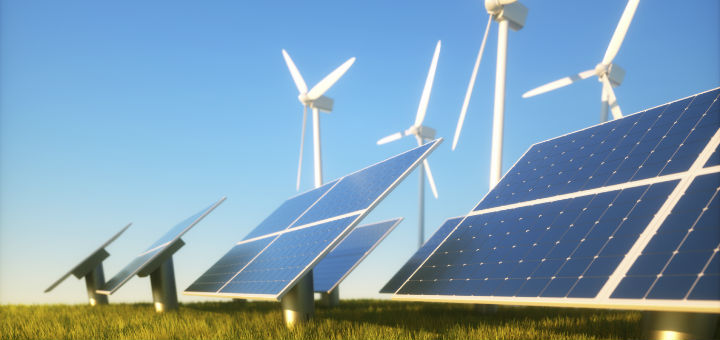In today?s energy markets, more companies than ever are looking to renewable resources in an effort to more efficiently create usable energy while minimizing impact to the environment.
Unfortunately, some companies simply cannot invest in their own solar panels, wind turbines or any of the necessary equipment needed to turn their own resources into energy. Instead, some companies purchase what are known as renewable energy credits (RECs).
Understanding these credits, how they work and what they mean in today?s industry can only help energy consumers who are interested in learning more about renewable energy in today?s market.
Here are some of the most important facts that consumers today need to know about RECs.
What’s a renewable energy credit?
A renewable energy credit, also known as a renewable energy certificate, is a single commodity that represents the value of a renewable energy resource. These RECs are then sold by the green energy producers to suppliers.
For example, a single REC may represent 1000 kWh of electricity produced from a geothermal field. There is a designated agency that certifies each credit helping to determine its value.
When a company purchases a renewable energy credit at the same amount as their electricity consumption, it guarantees that the energy that they use is added to the power grid from a green facility, or a renewable resource. This is how the purchase of RECs helps in the further development of these renewable facilities.
Where do RECs come from?
RECs come from a number of different resources. Today, the progression of technology has allowed energy producers to create energy from a number of renewable resources including solar, wind and geothermal farms as well as hydro-powered facilities, bio-mass farms and facilities that use hydrogen powered fuel cells to create green energy.
What are some reasons businesses buy RECs?
As concerns over environmental impact by businesses have jumped into the public consciousness over recent years, more and more businesses are purchasing RECs.
Renewable energy needs to be captured when they can as the weather is always changing, meaning the amount of green energy available is changing along with it. These certificates give the energy a monetary value, while allowing companies to reduce their environmental footprint. This allows many businesses to not only start operating in a more eco-friendly manner, but it also allows them to advertise that they are a more environmentally responsible organization.
Understanding RECs and how they help companies bring in energy from wind farms, geothermal fields and other renewable resources, means having a better understanding of the commercial power grid and the ways in which consumers today can start taking advantage of more environmentally-friendly utility solutions.
For a much more in-depth read on RECs, check out the EPA’s guide.



